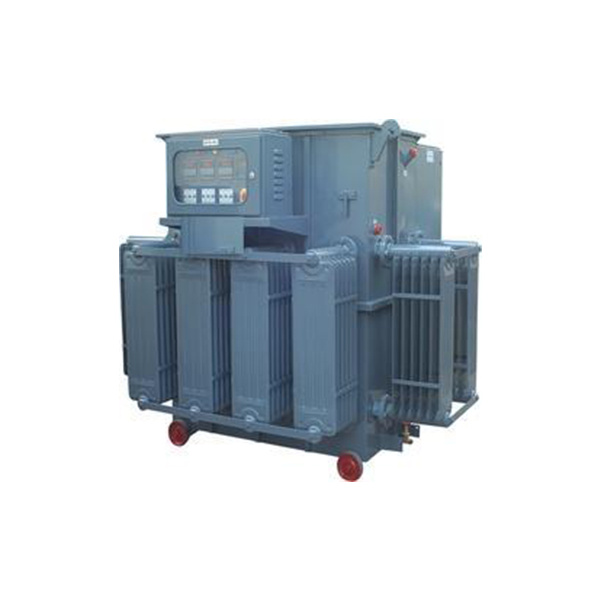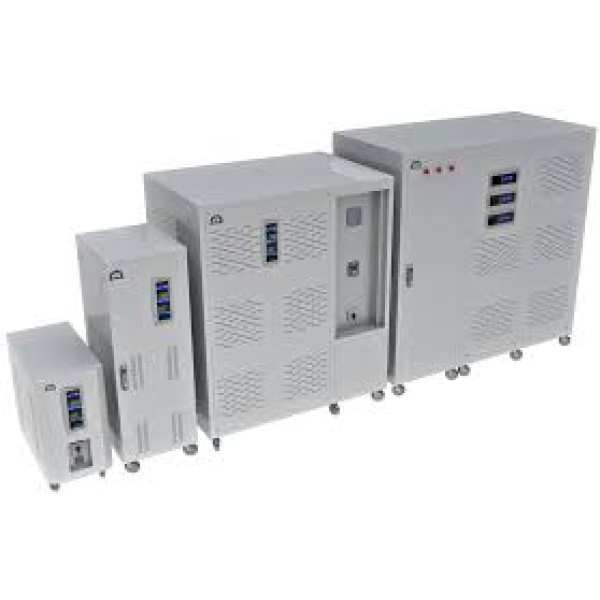
CVT stabilizers
Description
CVT stabilizers, also known as CVT torque converters or CVT torque transfer systems, are aftermarket components designed to improve the performance and efficiency of vehicles equipped with Continuously Variable Transmissions (CVTs). These stabilizers are engineered to address certain limitations or concerns associated with CVT-equipped vehicles, such as:
- Reduced Power Loss: Some CVT stabilizers aim to minimize power loss during acceleration by improving torque transfer efficiency between the engine and the CVT. This can result in quicker acceleration and improved overall performance.
- Enhanced Fuel Efficiency: By optimizing torque transfer and reducing power loss, CVT stabilizers may help improve fuel efficiency by allowing the engine to operate more efficiently, especially during low-speed driving and stop-and-go traffic conditions.
- Smoothing Gear Shifts: CVTs are known for their smooth and seamless operation, but some drivers may prefer a more traditional feel with noticeable gear shifts. Certain CVT stabilizers aim to simulate gear shifts or provide a more responsive throttle feel to enhance the driving experience.
- Reduced CVT Wear: Improving torque transfer efficiency and reducing power loss can potentially reduce wear and tear on CVT components, leading to longer transmission lifespan and lower maintenance costs.
- Improved Towing Performance: For vehicles used for towing purposes, CVT stabilizers may enhance towing performance by providing better torque transfer and reducing strain on the transmission during towing operations.
It’s essential to note that the effectiveness of CVT stabilizers may vary depending on factors such as vehicle make and model, driving conditions, and individual preferences. Additionally, installation of aftermarket components like CVT stabilizers may void manufacturer warranties, so it’s crucial to research and consult with automotive experts before making any modifications to your vehicle.





